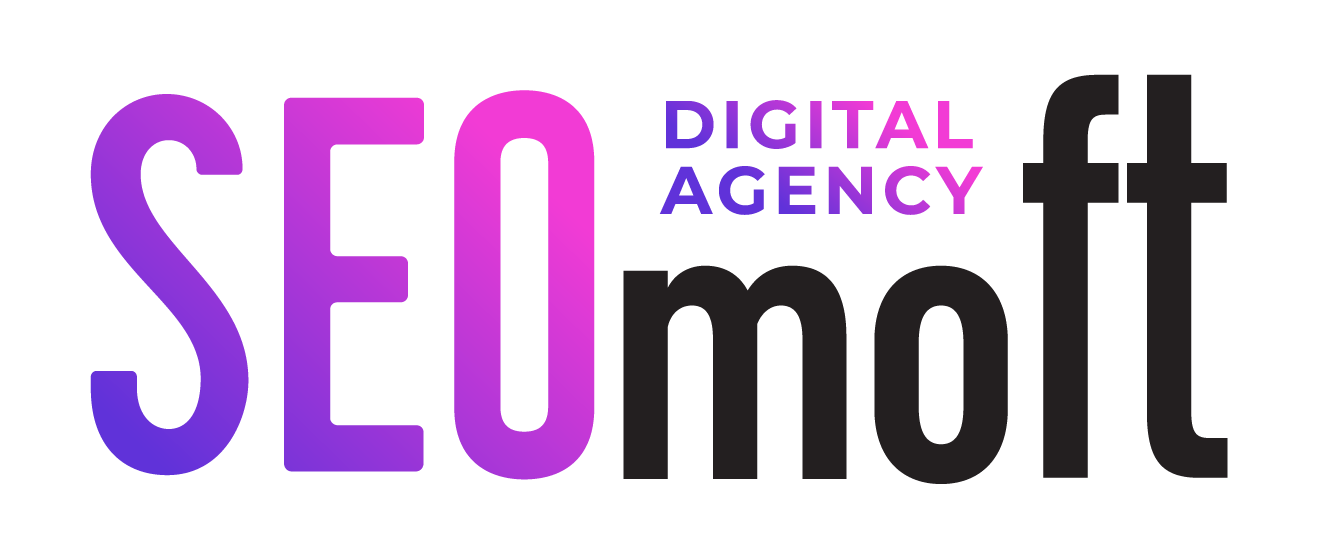SEO and SEM have completely different functions, goals, and intents in digital marketing. Beginning with costs and ending with tactics. SEM is always more expensive in the long run, conversion rates and engagement rates are different. That’s why the discourse between SEO vs SEM is predicated on a false premise that somehow you have to choose between the two. In this article blog, we’ll shortly describe both search engine strategies, and what better for you to choose according to your business goals.

Search engine optimization (SEO) is a comprehensive set of tactics. Digital marketers leverage it to increase both the quality and quantity of traffic to a website through organic search.
Advantages:
- SEO doesn’t just drive quality traffic, it all increases conversions over time.
- SEO results in more lead generation, more conversions, increased sales and eventually spruces up your revenue.
- SEO has a better long-term ROI than SEM.
- SEO can help you built trust and credibility.
- SEO is a great selling tool.
- SEO helps you stay in the top ranking.
- SEO helps you to overcome your competitors.
Disadvantages.
- SEO takes time for results.
- SEO is not a one-and-done.
- SEO isn’t cheap.
Search Engine Marketing (SEM), is paying to be shown in search results.
Advantages:
- Great for instant results.
- It can supplement your SEO efforts.
- SEM helps for visibility for a very competitive search and great for retargeting marketing.
Disadvantages:
- SEM is more expensive than SEO.
- SEM required special resources.
The Similarities Between SEO & SEM
Both use keyword research. The first step for both SEM and SEO is performing keyword research to identify the best keywords to target. This includes keyword competition to see if other brands are targeting the same keywords and determining what you will need to do to compete with those other companies.
Both are destined to drive more traffic to a website. The goal of both is to gain visibility and achieve traffic to a website. Both strategies employ tactics to increase click-through rates (CTR) and get more users to click on the search results.
Both require knowing your audience. To succeed at both strategies, you must have a good understanding of your audience and how they act. By using buyer personas you can get to know your audience, discover what their needs are, and what they are searching for.
Both help a brand appear in search results. The goal of each tactic is to help a brand show up in search results when users search for specific terms related to the brand industry, niches, or offerings.
Differences Between SEO and SEM
SEM and SEO play a significant role in improving traffic and visibility in search results. Both of these techniques are opposite of each other but work for the same intentions and outcomes.
In SEM, you pay for clicks or impressions. In the case of SEO, your website ranks well due to organic efforts such as backlinking, on-page optimization, and so on. Whereas in SEM, the advertiser is required to pay every time a user clicks on the ad or for every thousand impressions depending on the ad campaign.
SEM is better for testing than SEO. A/B testing with SEM is doing better than with SEO for click-through rate since most of the data is available and results are given to us quickly. In SEO, we cannot test whether it will work or not as easily as we can test SEM. The algorithm takes time to consider the changes made, crawl the pages, recognize the backlinks, etc.
SEM does not deliver cumulative results – An SEO strategy consists of weeks and months of work on backlinking and finding the techniques that work best for the organization. Whereas, in the case of SEM, when the ad campaign is over, and the ads are turned off, you will lose visibility.
How to Use SEO and SEM Together
- Get rapid results and long term ROI using both tactics at the same time;
- Use SEM as keyword research for SEO, tap into data from your paid search campaigns to find strong performing paid keywords after optimizing the keywords for organic search;
- Reduce paid search keyword bids when organic search ranks well.

Conclusion:
SEO and SEM are both important components of any digital marketing campaign, as it’s crucial to have a healthy balance between your immediate and long-term visibility in search engines. Search engine marketing isn’t a never-ending wrestling match between SEO and PPC. Knowing when and where to use each tactic to achieve the desired results is the game. When comparing SEM vs SEO, there is no quick formula or simple answer. There are a lot of factors to consider. Some businesses may choose to focus on SEO. Others may choose to focus on SEM. And sometimes the right approach is to implement a combination of SEO and SEM strategies. It all depends on your unique business and goals.
As a digital marketing agency, we tailor personalized search engine optimization and PPC campaigns. We have experience helping businesses of all shapes and sizes reach and exceed their online marketing goals.
When picking between SEO vs SEM, what will work great for your business often boils down to three factors: your timeline, your budget, and your long-term goals. To get even more insight and data to help you make the right decisions, contact us and let’s discuss your business goals!




